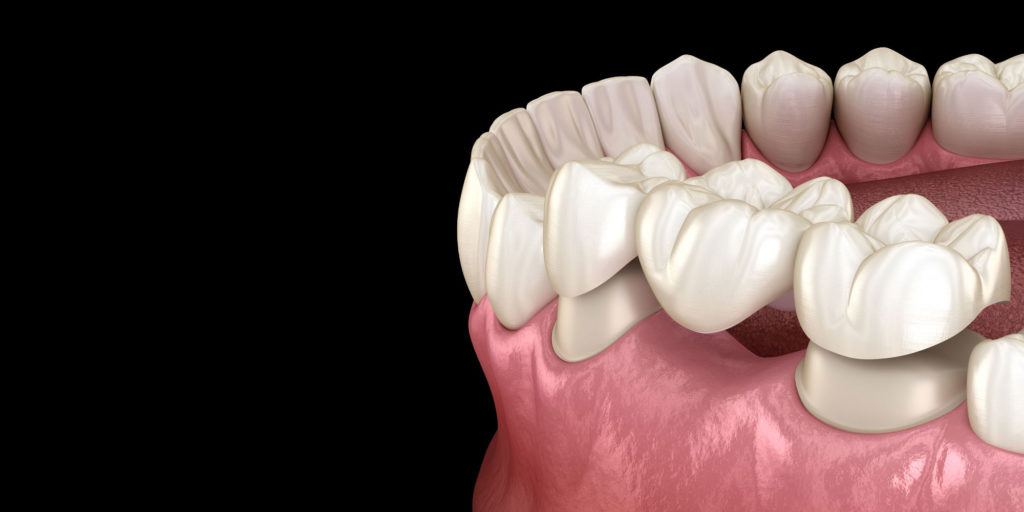
Dental Bridge
Patients missing one or more consecutive teeth can regain a healthy and functional smile with dental bridges. Dental bridges consist of a replacement crown, to fill in the gap left by a missing tooth, which is attached to crowns on both sides that fit over the teeth adjacent to the gap. The dental bridge is supported by a framework constructed of metal or ceramic. Dental bridges can effectively prevent many problems that arise due to missing teeth, while also improving your appearance. Gaps left by missing teeth can cause surrounding teeth to shift out of alignment and may expose gums to potential infection. Plus, normal speaking and chewing abilities can be compromised. Avason Family Dentistry team has over a decade of experience restoring patients’ dental function and appearance with custom restorations at our Denver, NC, dental practice. At Avason Family Dentistry, we believe that each patient should be treated as an individual, and you can expect that bridge we provide will restore the function, health, and beauty of your smile.
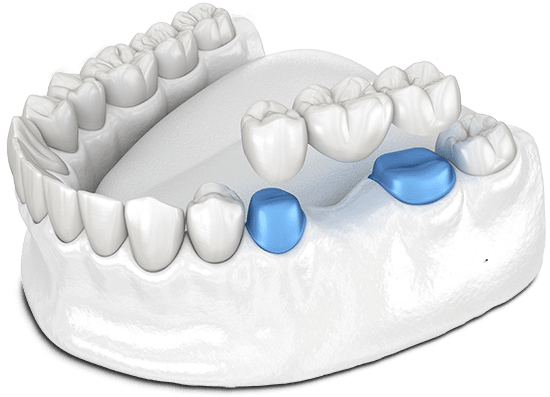
Traditional Dental Bridges vs Implant-Supported Bridges
In order for a traditional bridge to be seated properly, your adjacent teeth must be slightly reduced. Performed by removing small amounts of dental tissue, this permanent alteration allows your teeth to be topped with crowns that serve as anchors for your new restoration. Implant-supported bridges are supported by dental implants rather than adjacent teeth. Because an implant-supported bridge does not require the alteration of teeth, and because implants halt the bone atrophy that occurs after tooth loss, it is considered optimal for the right candidates. While implant-supported restorations provide a multitude of benefits, including the retention of jawbone tissue, they are not right for everyone.

- Traditional Dental Bridge
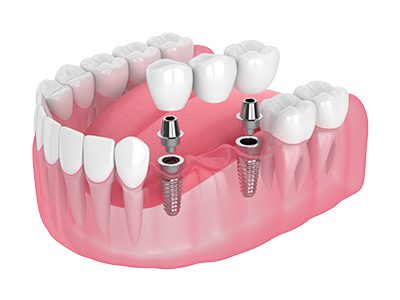
- Implant-Supported Bridges
Am I a Candidate for a Dental Bridge?
Typically, anyone who is missing one to three consecutive teeth can be a good candidate for a dental bridge. It is important, however, to have other oral health issues addressed beforehand. For instance, if you have extensive tooth decay or gum disease, you may need a root canal or periodontal treatment before you can receive a restoration.
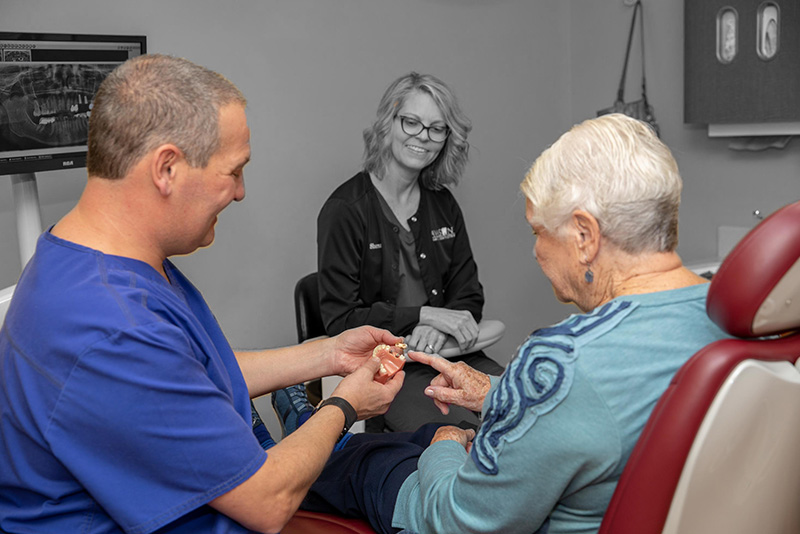
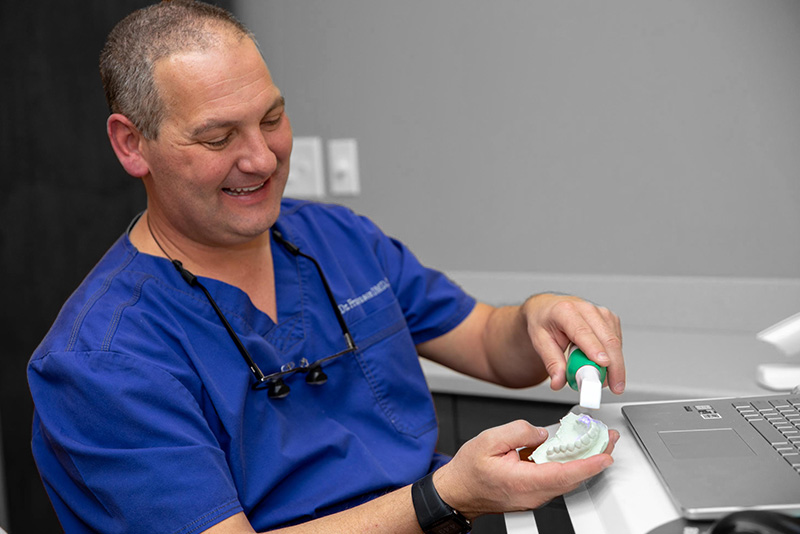
Dental Bridge Treatment Process
Once the doctor has determined that you are a candidate for a bridge, he will take impressions of the gap in your smile, as well as the surrounding and opposite teeth. If you choose an implant-supported bridge, you will need to undergo implant placement surgery, followed by four to six months of healing time. Once the implants have integrated with your jaw, the doctor will take impressions of the implants and surrounding teeth. The impressions will be sent to a trusted offsite lab, where technicians will craft your bridge based on the precise dimensions of your smile. The bridge should be ready in about two weeks, and we can provide a temporary bridge in the meantime. You will return to our office, and Dr. Avason or Dr Wolff can make any final adjustments necessary before cementing the bridge into place.


